Brendan Doogan, 5th Dan Dragon’s Spirit, Papatoetoe.
Recently I shared a video of power breaking punching techniques on Facebook. The context of the video was board breaking in high level ITF competition. My goal was to gather people’s thoughts on the various methods used and try to determine which is the best. What I didn’t expect is for almost everyone to comment on style. Only a couple of commenters replied in terms of science – angle, distance, timing, speed, mass, trajectory, muscular recruitment, summation of force etc. One of the most common criticisms was against lifting the elbow to the side. This was called hooking or winging the punch. Another major criticism was against the performers lifting the front foot. I’ll leave this one aside, as I feel it really doesn’t have a reasonable basis – we only have to look at the patterns to see stepping punches. Therefore this article will look at lifting the elbow to the side, “winging the punch”, to borrow a phrase.
I found it fascinating and dismaying that highly experienced martial artists considered style more important than efficiency or effectiveness. While I’m grateful for the discussions I would like to look at the “why” question in more depth. Firstly, is there precedent for performing a front punch with the elbow raised to the side? Secondly, some of the reasons athletes punch in this way. Thirdly, a good pair of reference points are other martial arts, and other techniques within Taekwon-Do. Fourthly, similar movements in explosive sports. Finally and most importantly, what’s the purpose of breaking boards?
Point one, is there precedent for winging the punch? Absolutely, in fact in some ways, it’s standard. Have a look at these photos, taken from manuals by Choi Hong Hi, Hee Il Cho, Kim Bok Man, Rhee Ki Ha, Jimmy M. S. Too, Son Duk Sung, Richard Chun, B. S. Huan and Hidetaka Nishiyama. In both downward and forward punching the elbow is raised to the side. So much for tradition.
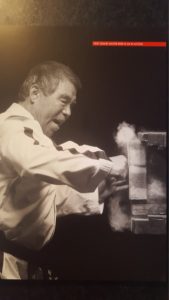
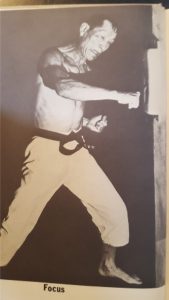

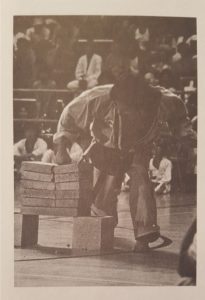
Point two, why do some power breakers use this method? Quite simply, because it’s superior, can break more boards, or break the same number more easily, than the standard front punch. It’s easier to expose the correct tool, recruits more muscles, and shows a better understanding than simply replicating what the patterns punch appears to do. I feel a simple yet critical approach to techniques is to understand exactly when in their path they’re actually doing their job. A standard patterns punch is NOT what we often think – arm extended fully. With the arm fully extended, shoulders square, feet planted etc, the punch is actually finished. By definition, a fully extended punch has stopped. No speed, no mass, no movement, no energy. The greatest speed, mass etc must occur BEFORE it has stopped, before the arm is straightened. If, therefore, it isn’t yet straight, it’s bent. A bent-arm punch as it were. If something didn’t work, people wanting to win stuff would probably not do it.
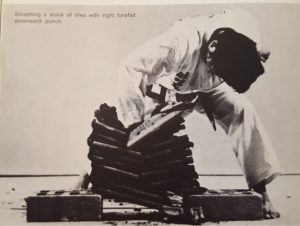
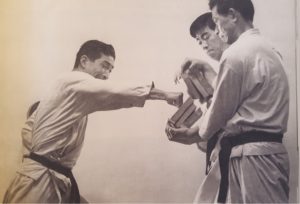
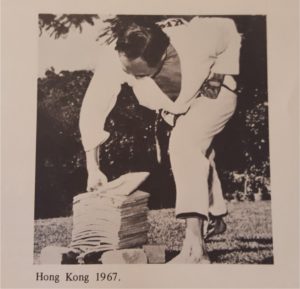
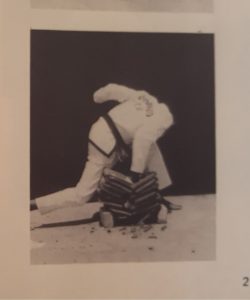
Thirdly, how do other arts punch? Take a quick look at some of the knock-out punches in MMA, boxing, Karate, Muay Thai, kickboxing etc on YouTube. We simply cannot say that because they’re often bent at impact, that they’re not effective. They may have straightened had they missed and followed through to their full extension…
How about other TKD punches? Angle, turning, crescent, horizontal, twinfist low, upset, upward, vertical, U-shape, thumb knucklefist, middle knucklefist… In fact there are about thirteen bent arm punches mentioned in the 1999 condensed encyclopedia to approximately sixteen straight punches. There’s plenty of scope within TKD’s own techniques to bend the arm while punching. I’ve broken boards with all of them. I know which I prefer, and I can say exactly why, because I’ve actually tested them. [Check out my YouTube channel].
Point four: What can we learn from explosive movements in other physical activities? Power lifting is a place lots of jumping and breaking experts in Taekwon-Do look. How is a pushing motion like the bench press done? For maximal lifts the chest is used. That bears repeating. For a maximum effort in pushing the arms to the front, the chest is used. The elbows aren’t kept in contact with the body. Both pectoralis and the triceps are used, along with the anterior deltoids. Are powerlifters not strong and fast? Can we not adopt and adapt their research for our own purposes?
Notwithstanding any of the above, one of the most crucial questions, is why are we breaking? To reach the peak of human potential? To prove our martial art works, and might even be the best? To defend our martial concepts? To demonstrate the tremendous force at our disposal? To test our techniques without harming our classmates? To defeat ourselves, our fears, anxieties, doubts, flaws? Should we judge power breaking differently to sparring? In sparring we award points for techniques landed, even in the case of techniques outside the usual Taekwon-Do canon. Inward downward kicks, half turning kicks, 360° turning and reverse turning, downward instep turning kicks, running punches and backfists. None of these are in the Encyclopedia. Should we score them? I say yes, because the opponent didn’t want to get hit but you hit them anyway. If we allow these non-traditional techniques to score points in sparring, should we as umpires not take the same approach in breaking?
I’m not going to answer the questions in the last paragraph for you, you can form your own opinions and my own are no doubt plenty clear already. What I will ask is that in whatever version of Taekwon Do you do, whether more martial or more sporting, think scientifically. Keep your traditions, but understand the science behind them. Your techniques work; be able to explain why. And if you see something different, perhaps the other guy’s an idiot, or perhaps you’re about to learn something.
